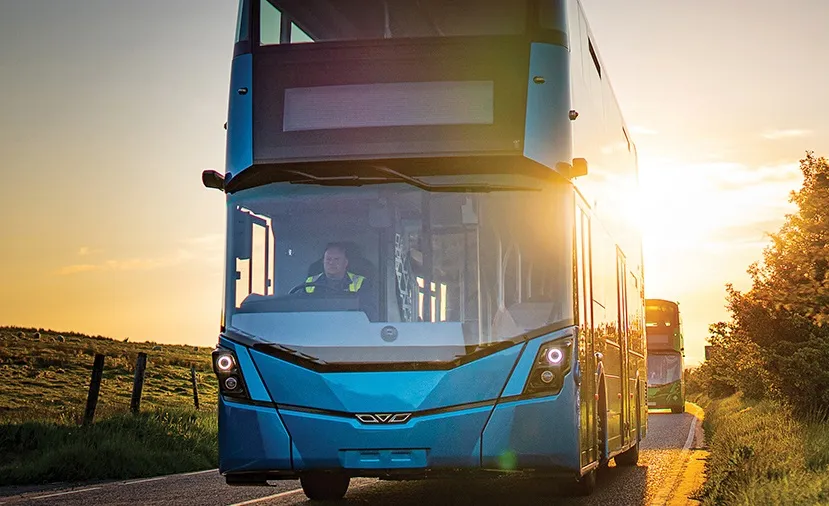Feature Test
September 4, 2014
Read time: 1 min
Mineral Products Association chief executive Nigel Jackson has praised the vital UK biodiversity and restoration work of his organisation’s members during a speech at the Conference for Nature in Westminster.
Speaking at the high-profile event, which follows on from the launch of the State of Nature report in 2013, Jackson said, “MPA totally supports the aim of protecting and enhancing the state of nature and biodiversity delivery across the UK and EU and we will play our part where we can. Our industry is uniquely placed to make a difference, more than any other. Our industry operators are practitioners working in the environment, with the environment, and mainly for the environment.”










